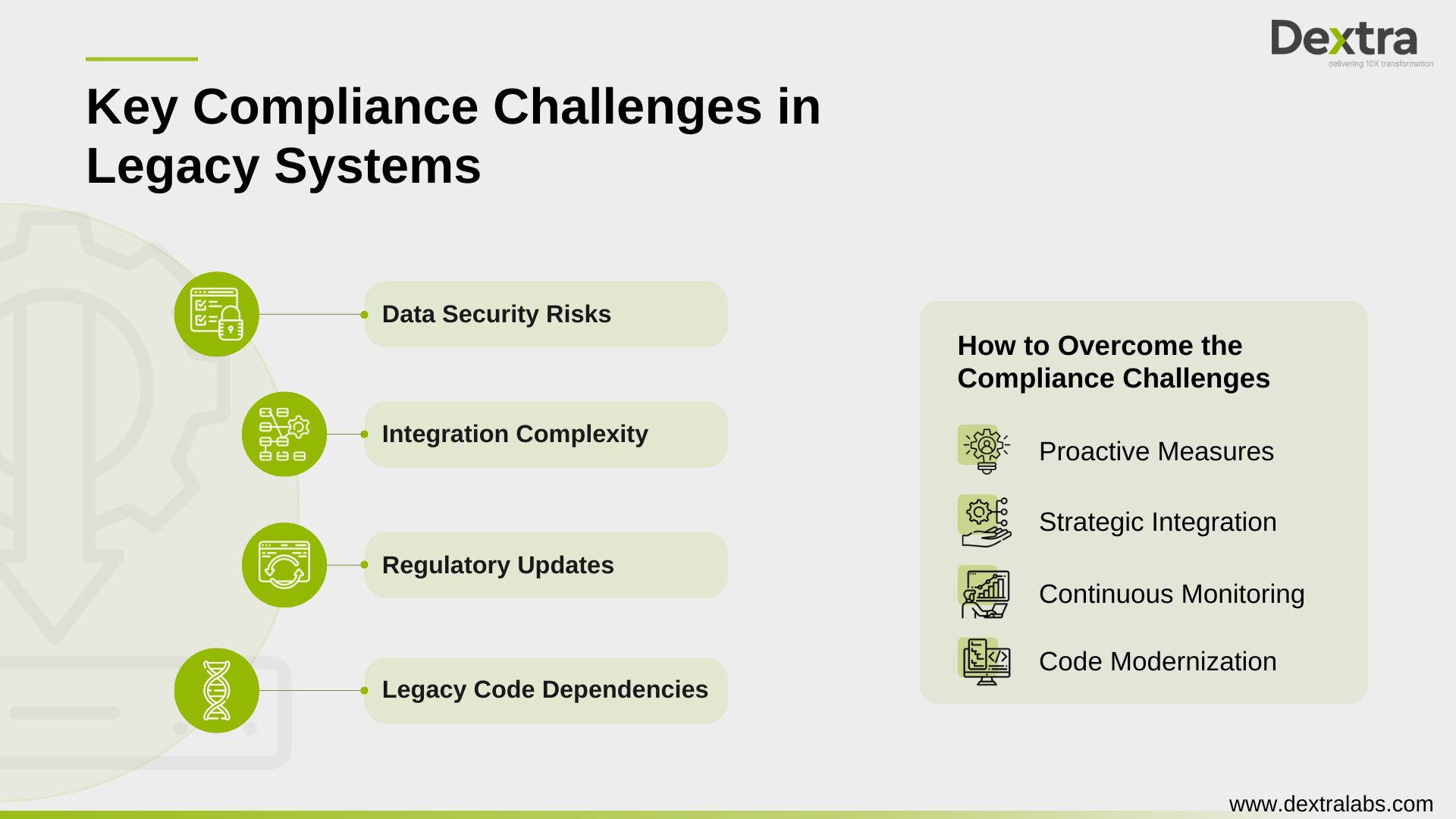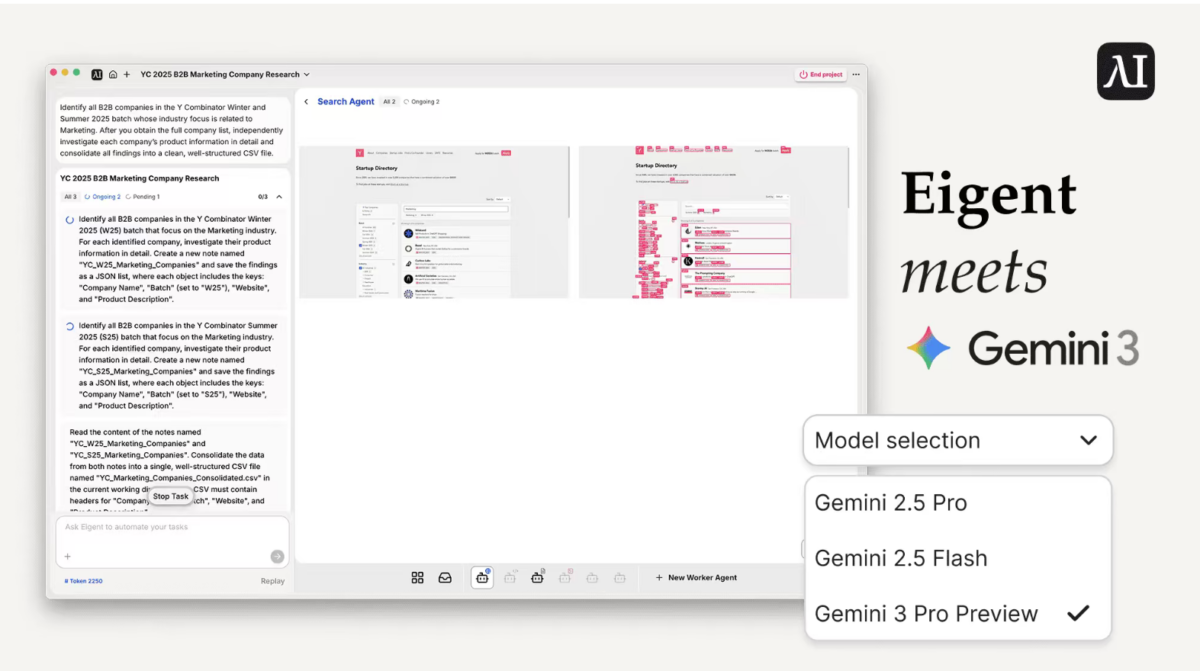As technology advances at an unprecedented pace, businesses face the challenge of keeping their systems up to date while maintaining compliance with regulatory requirements. Startups and established businesses face the daunting task of ensuring regulatory compliance while dealing with legacy systems. These older systems, though once cutting-edge, now present significant challenges in meeting modern compliance standards. Businesses report that disconnected technology and legacy systems are one of the most common barriers to compliance success.
For startup founders and investors, navigating the complex arena of legacy systems poses a unique set of challenges. In this blog, we will explore the regulatory compliance challenges associated with legacy systems and the strategies that can help address them effectively.
The Burden of Legacy Systems
Legacy systems, often considered the backbone of many startups, refer to outdated technology and software that have been in use for a considerable period of time. While these systems may have effectively served their purpose in the past, they are now a hindrance to innovation and agility. However, replacing legacy systems is not as simple as it sounds.
- Complexity and Integration Challenges: Legacy systems are often highly complex and tightly integrated into the existing infrastructure. Upgrading or replacing them can be a daunting task, requiring significant time, effort, and financial resources.
- Lack of Vendor Support: Many legacy systems are no longer supported by their original vendors, making it difficult to receive updates, patches, and security fixes. This can create vulnerabilities and expose startups to non-compliance risks.
- Regulatory Compliance Risks: Startups operating with legacy systems must ensure that their technology infrastructure complies with various regulatory frameworks. Failure to do so can result in financial penalties, reputational damage, and potential legal implications.
Understanding the Regulatory Compliance Maze
Legacy systems, often deeply ingrained within an startup’s infrastructure, pose unique obstacles when it comes to compliance with regulatory frameworks. With the rise of stringent data protection laws and industry-specific regulations, such as GDPR and HIPAA, ensuring compliance has become paramount for businesses across sectors.
According to the report, 72% of C-suite executives feel legacy platforms hinder them. Legacy software and hardware cost U.S. corporations $1.14 trillion annually in productivity losses. Businesses struggle with legacy systems during their digital transformation initiatives. These systems, typically built on outdated technology, lack the necessary flexibility and scalability to adapt to evolving regulatory requirements.
The Compliance Conundrum: A Story of Legacy Systems
Imagine a startup founded in the early 2000s, its operations running smoothly on a bespoke software system developed at the time. Fast forward to the present day, the startup has grown exponentially, but its reliance on the outdated legacy system has become a hindrance to compliance efforts.
As regulatory bodies introduce stricter data privacy laws, the startup finds itself grappling with the challenge of ensuring the protection of customer data stored within its legacy infrastructure. Despite efforts to patch and update the system, it falls short of meeting the required standards, leaving the startup vulnerable to potential fines and reputational damage.
Identifying Key Compliance Challenges
In navigating the labyrinth of regulatory compliance within legacy systems, businesses encounter several key challenges:

- Data Security Risks: Legacy systems often lack robust security features, making them susceptible to cyber threats and data breaches.
- Integration Complexity: Integrating modern compliance solutions with legacy infrastructure can be complex and costly, requiring careful planning and execution.
- Regulatory Updates: Keeping pace with constantly evolving regulations requires ongoing monitoring and updates, which may strain resources and expertise.
- Legacy Code Dependencies: Dependence on outdated codebases and technology stacks hampers agility and inhibits compliance efforts.
Strategies for Overcoming Compliance Hurdles
While the path to regulatory compliance within legacy systems may seem daunting, there are strategies that businesses can employ to navigate these challenges effectively:
- Prioritize Compliance: Make compliance a top priority within your startup, allocating resources and expertise to address legacy system vulnerabilities.
- Conduct Regular Audits: Perform comprehensive audits of legacy systems to identify potential compliance gaps and security vulnerabilities.
- Invest in Modernization: Consider modernization initiatives to replace or upgrade legacy systems with more secure and compliant alternatives.
- Collaborate with Experts: Partner with technology strategy firms such as Dextra to leverage their expertise in navigating regulatory compliance challenges in legacy systems.
Final Thought: Charting a Course for Compliance Success
In the face of increasing regulatory scrutiny, businesses must proactively address compliance challenges within their legacy systems. By understanding the unique obstacles posed by outdated infrastructure and implementing strategic measures to mitigate risks, startups can safeguard their operations and reputation while positioning themselves for long-term success.
At Dextra, we understand the complexities of navigating regulatory compliance in legacy systems. Our team of experts works closely with startups and investors to develop tailored strategies that address compliance challenges effectively, ensuring peace of mind in an ever-changing regulatory landscape. Contact us to learn more about how we can support your compliance efforts and drive sustainable growth for your business.








